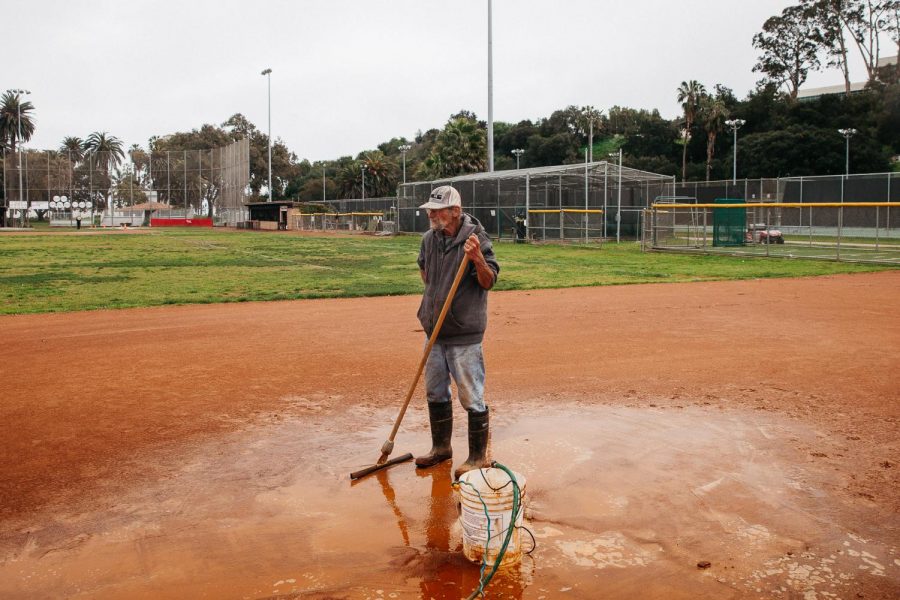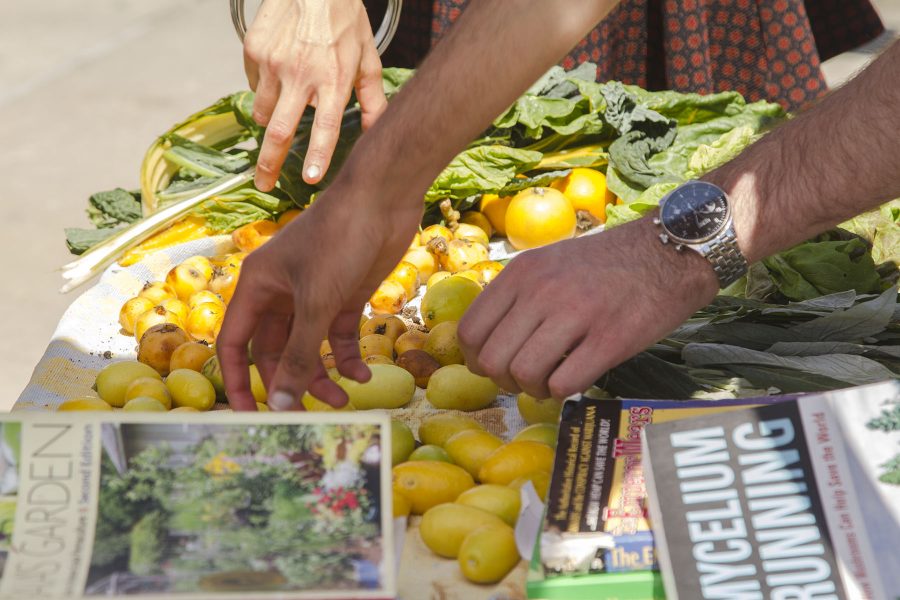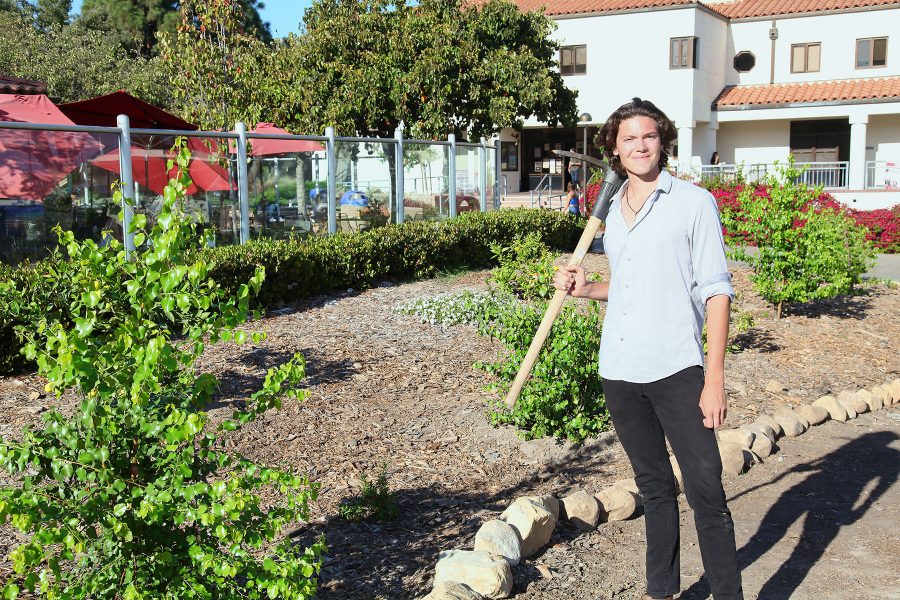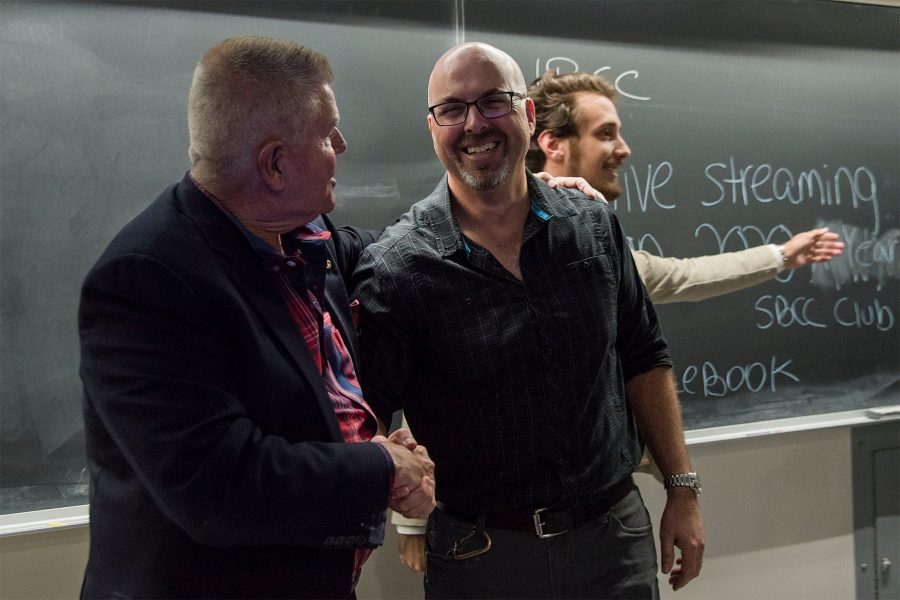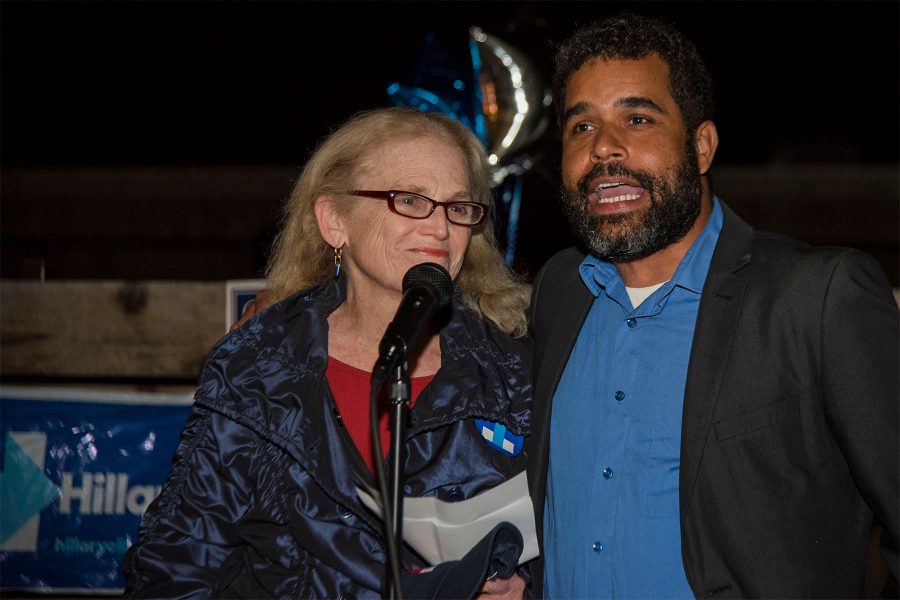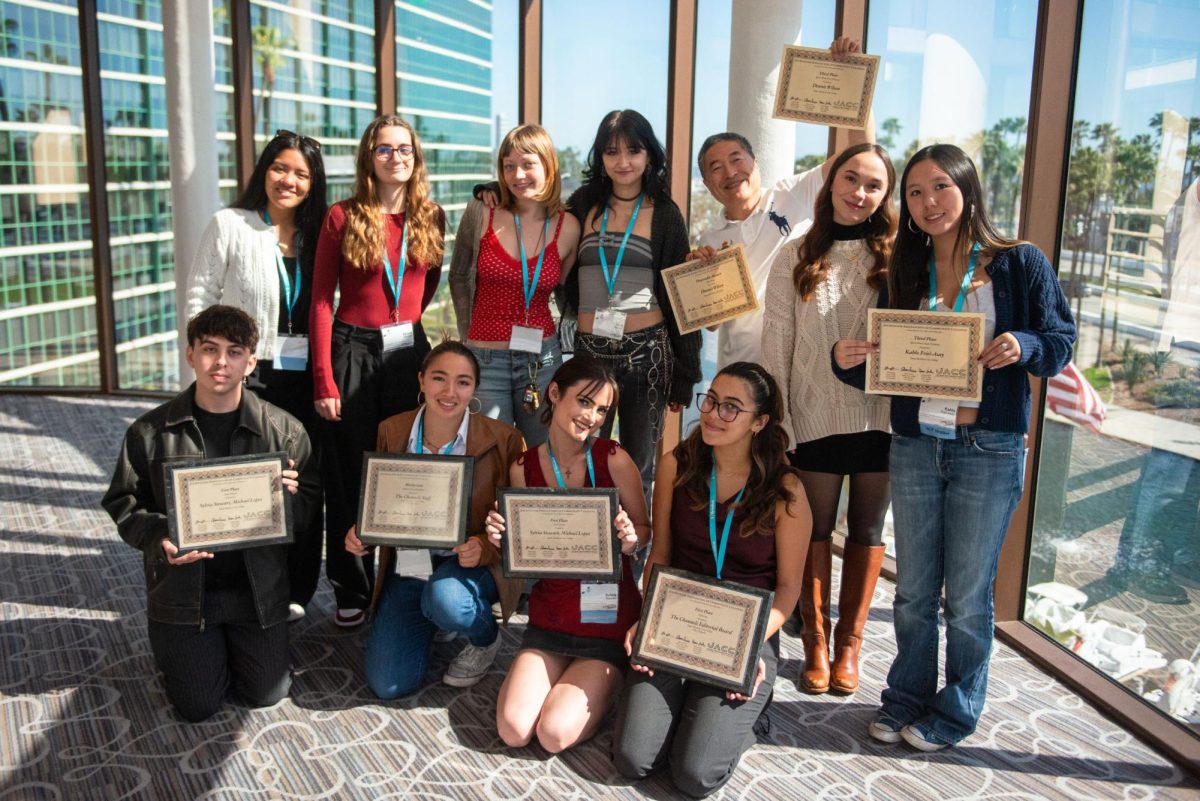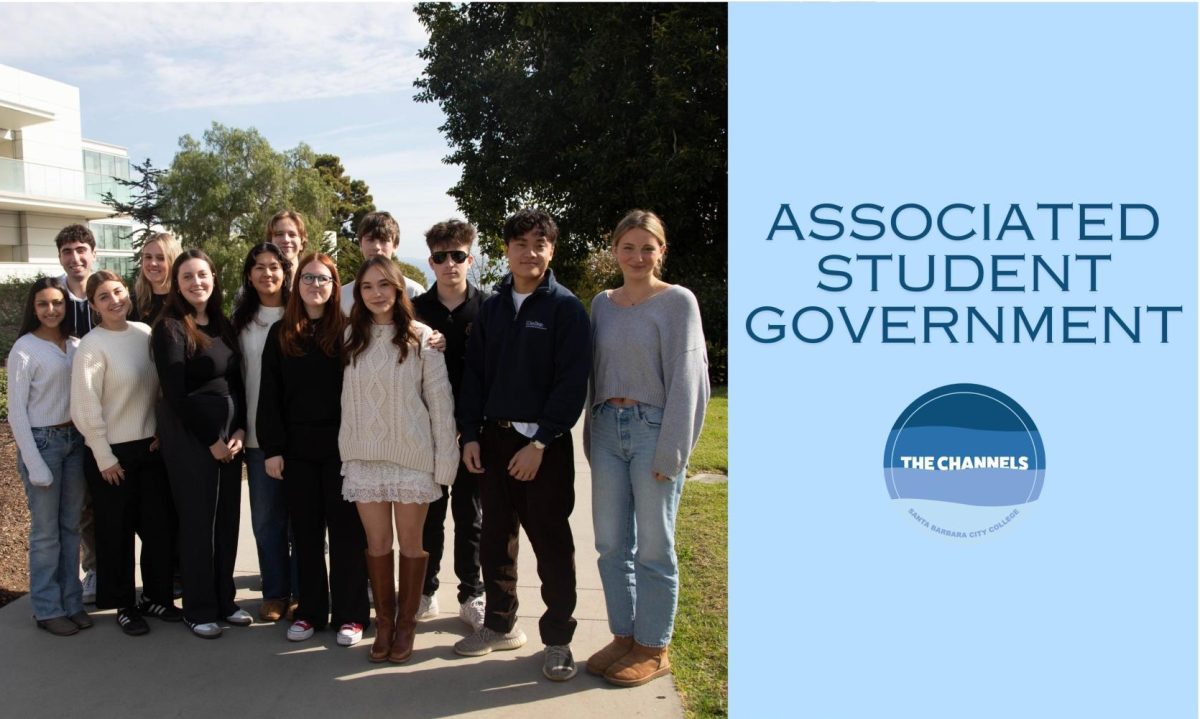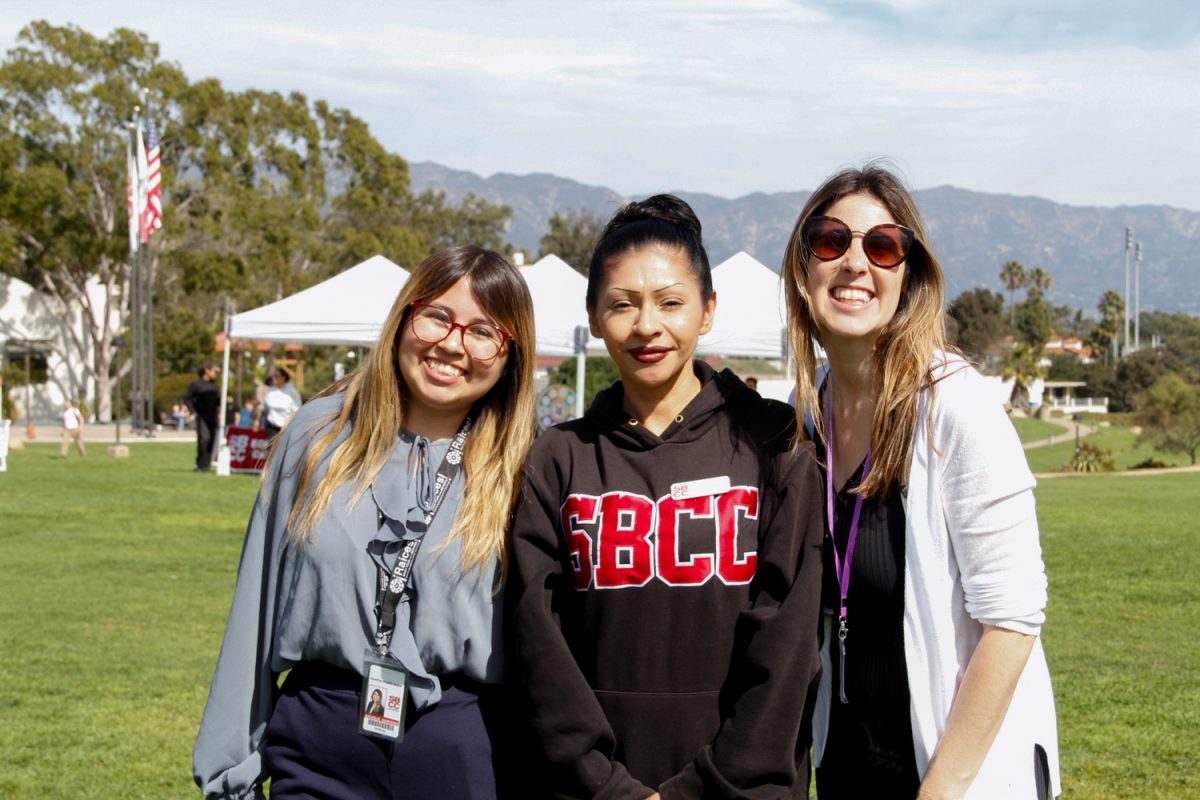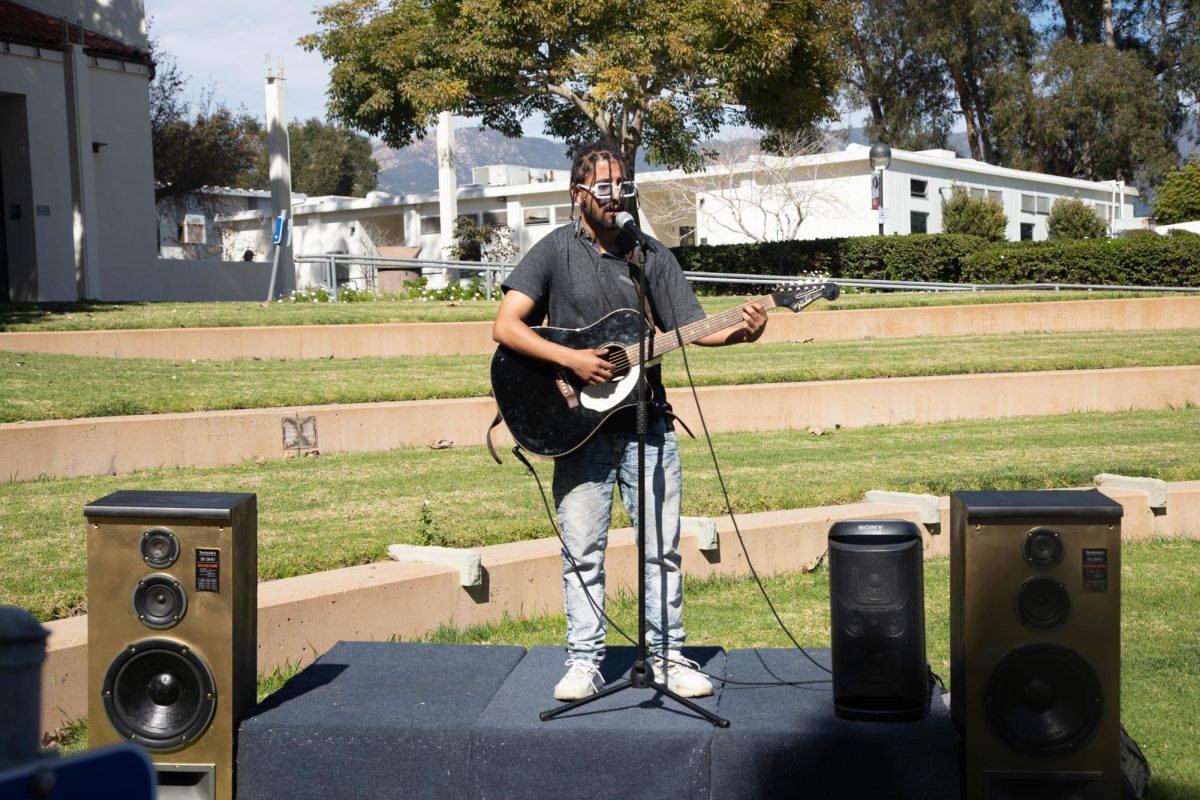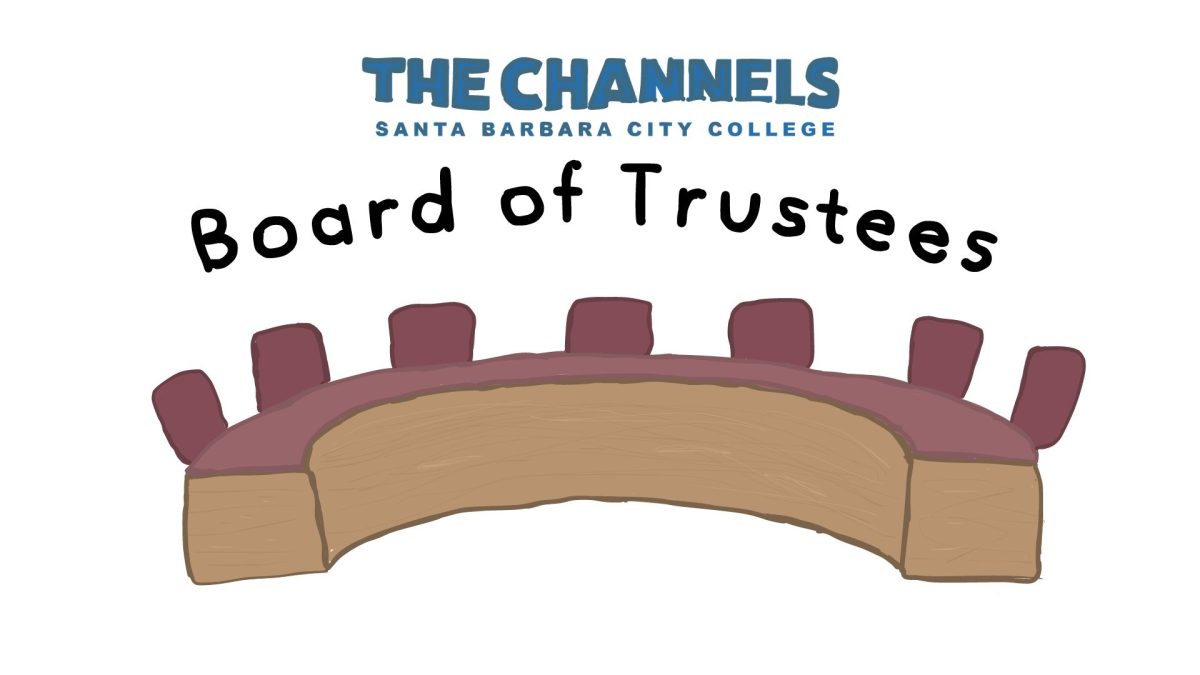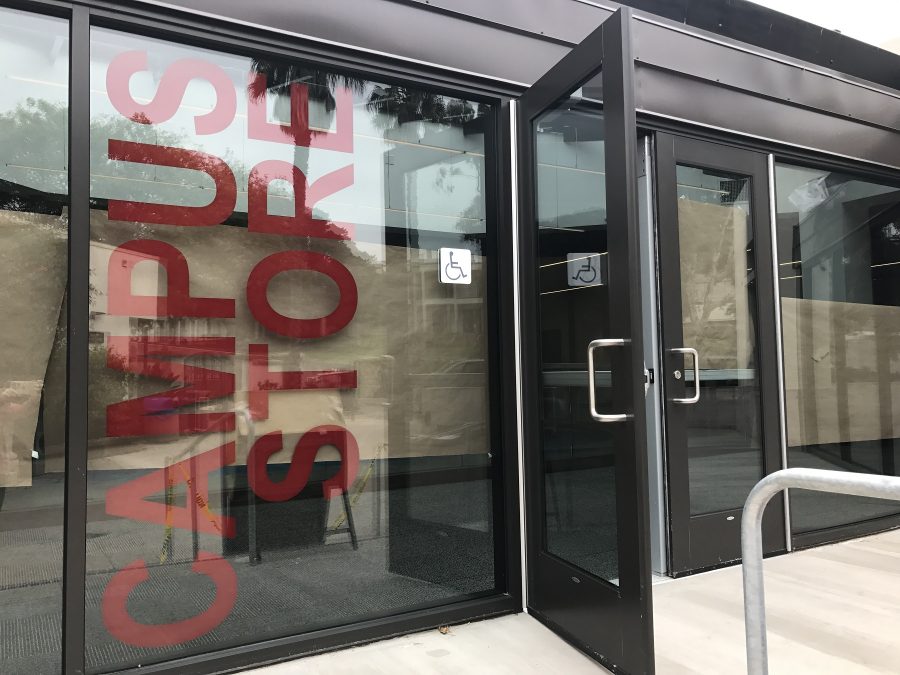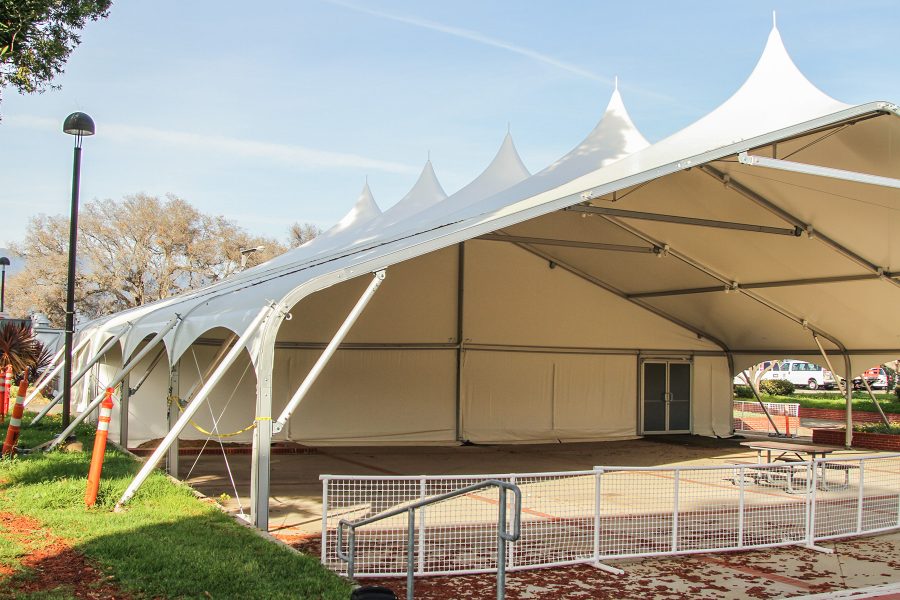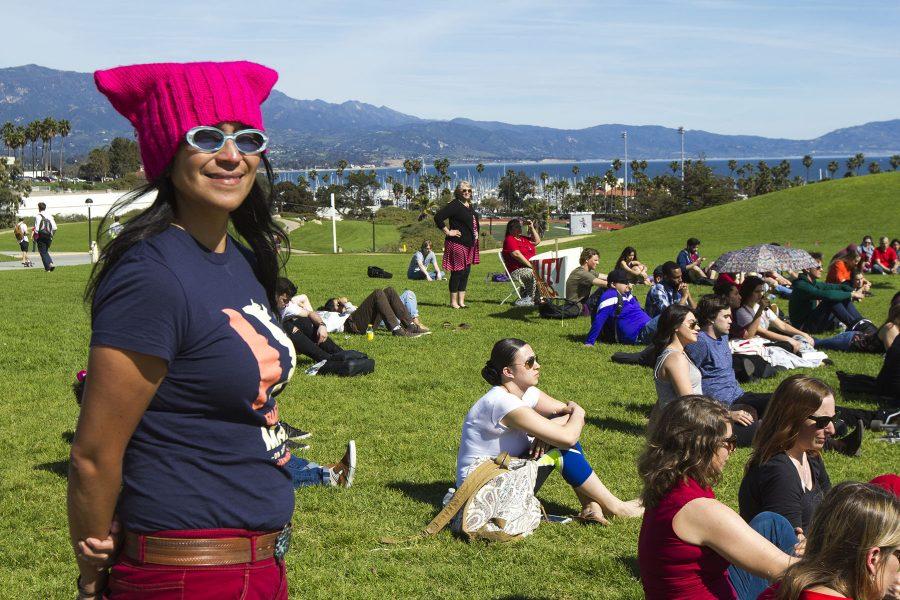The permaculture garden project needs to be moved from East Campus in order to expand its life span.
The original idea was to have the garden below the cafeteria because of the benefits of composting. Once the Center of Sustainability learned of the building project that will redo the area in six years, they realized the East Campus garden wasn’t a viable option.
“That brought me to looking over at West Campus as an opportunity,” said Kendy Radasky, City College biology instructor who was hired in August by the Center of Sustainability as a consultant for the project. “Because permaculture is about permanent agriculture; it’s about creating a space and keeping things going in place.”
To this day, the exact location and elements that would make the garden is unknown as the project is still developing.
“We are still going through the process of approval,” Radasky said. “We have some preliminary approvals from a few of the people, but we haven’t gone all the way through the process.”
Although the remodeling of the main cafeteria was the principal reason for the garden to be moved from East to West Campus, the new location on West Campus would also provide additional benefits.
“A few of the things that would be beneficial of this site would be that there is fresh water,” Radasky said. “We need to be able to grow the food with fresh water.”
Permaculture is the development of agricultural ecosystems intended to be sustainable and self-sufficient. The corner stone of the concept is to maximize useful connections between elements of a specific environment minimizing the waste, human labor and energy while producing a high density of food.
Students working in Michael Gonella’s Permaculture Design class and Adam Green’s Project in Sustainability class have become motivated to develop a permaculture garden at City College after getting the okay from Superintendent-President Dr. Lori Gaskin.
“[The garden] would probably go in stages and the first stage if it’s a small garden would likely primarily be herbs because you don’t need a lot of space in order to grow a good number of herbs that can be used in culinary and food services,” said Environmental Studies Professor, Adam Green. “As it expands, then, they’ll be basically looking at what are the types of food that the cafeteria and culinary are likely to use in each season and see what we could put in.”
Green said that, in the long run and depending on its size, they hope the garden would probably be a combination of vegetables and small fruit trees that do not need much space, but still provide something useful to food services.



